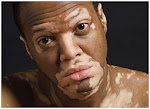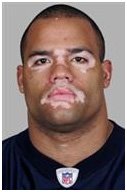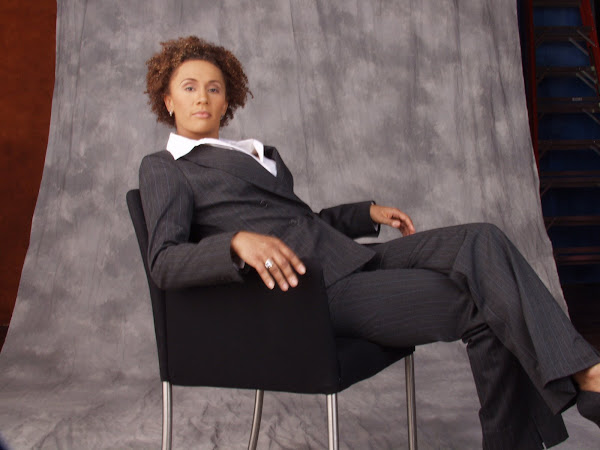Vitiligo
Signs and symptoms
Content provided by MayoClinic.com
The main sign of vitiligo is pigment loss that produces milky-white patches (depigmentation) on your skin. Other less common signs may include:
Premature whitening or graying of the hair on your scalp, eyelashes, eyebrows or beard
Loss of color in the tissues that line the inside of your mouth (mucous membranes)
Loss or change in color of the inner layer of your eye (retina)
Although any part of your body may be affected by vitiligo, depigmentation usually develops first on sun-exposed areas of your skin, such as your hands, feet, arms, face and lips. Although it can start at any age, vitiligo often first appears between the ages of 20 and 30. Vitiligo generally appears in one of three patterns:
Focal. Depigmentation is limited to one or a few areas of your body.
Segmental. Loss of skin color occurs on only one side of your body.
Generalized. Pigment loss is widespread across many parts your body.
The natural course of vitiligo is difficult to predict. Sometimes the patches stop forming without treatment. In other cases, pigment loss can involve most of the surface of your skin.
Vitiligo is a condition in which the skin loses its pigment cells (melanocytes). This results in white patches appearing on the skin in different areas of the body. Vitiligo can affect any part of the body.
......And so when you see people on the street with those white patches on their faces, hands, legs, feet, arms-you now know what it is. One thing important to know that Vitiligo is NOT contagious.
Maia
Subscribe to:
Post Comments (Atom)

























































No comments:
Post a Comment